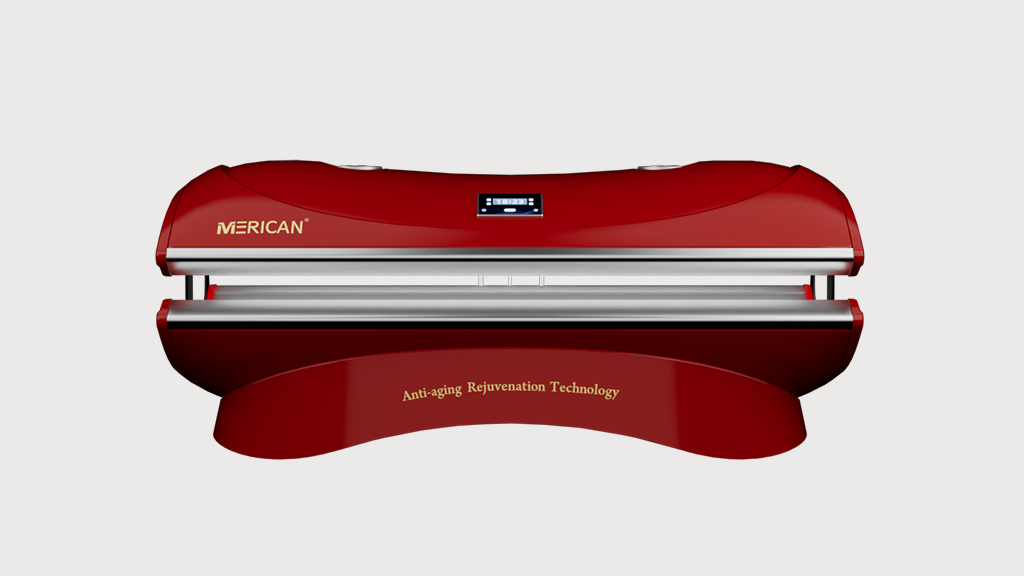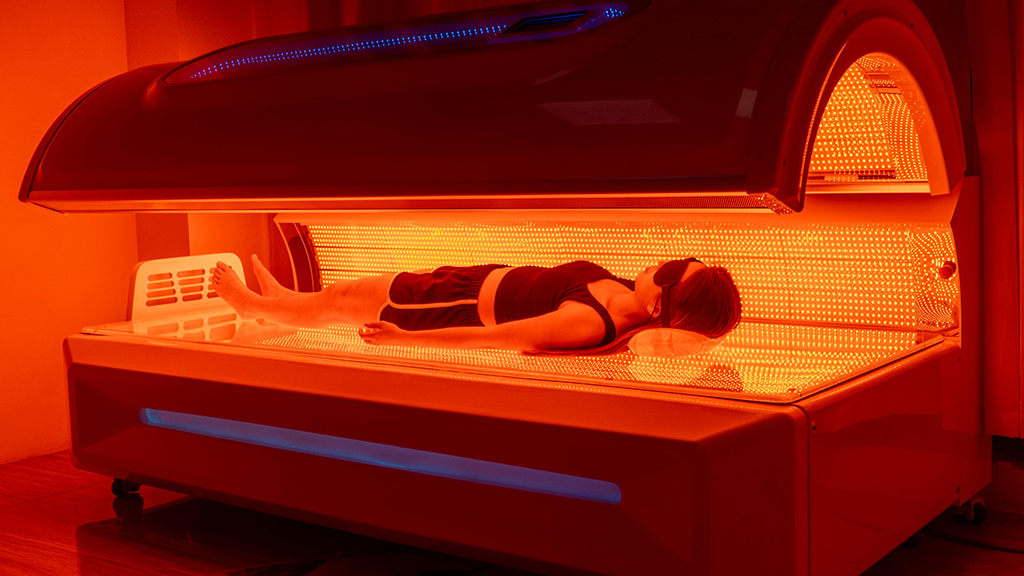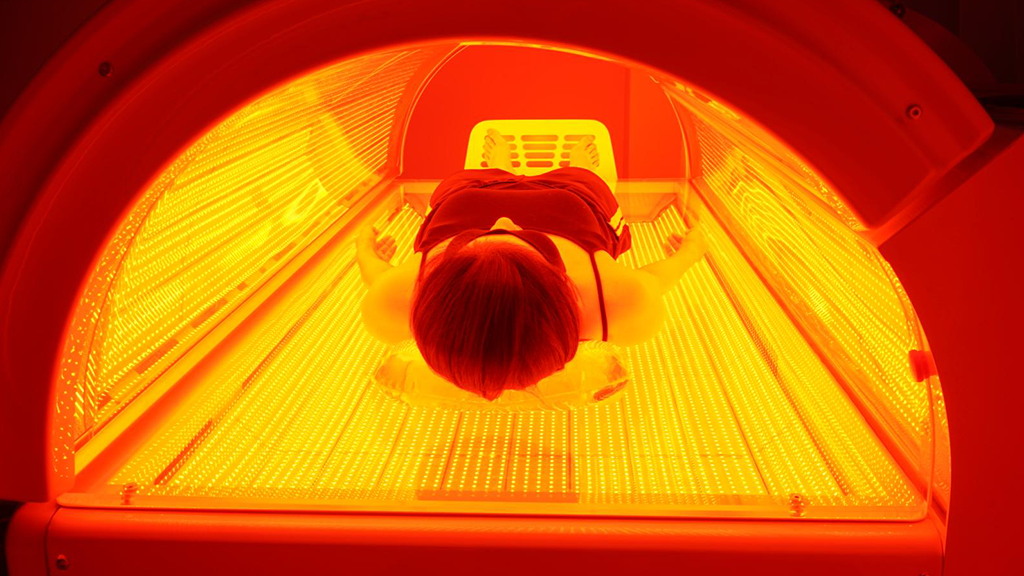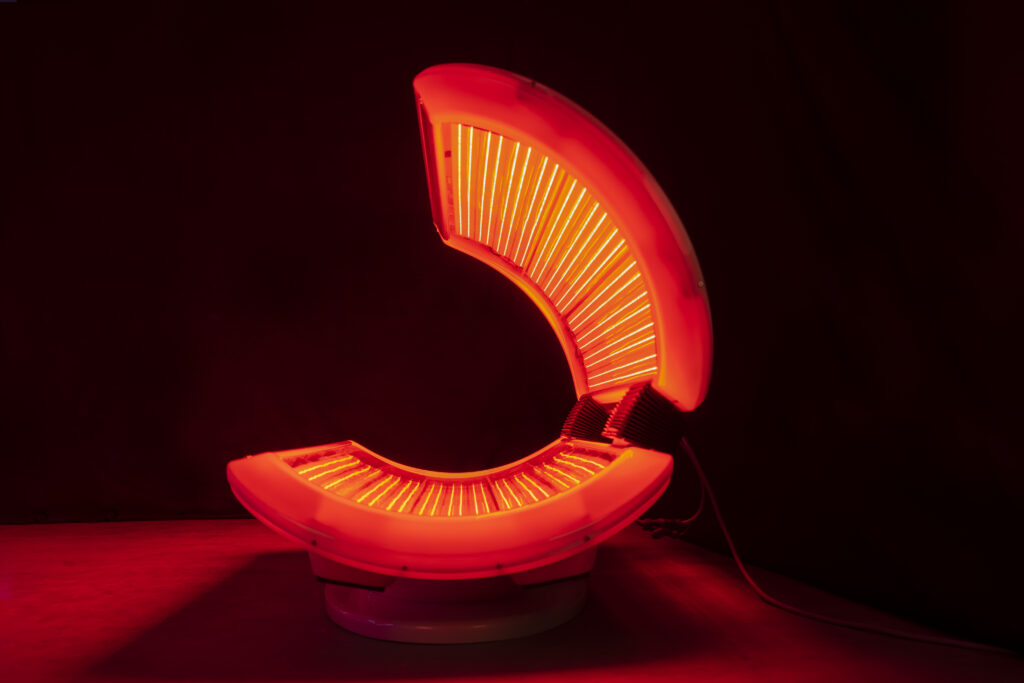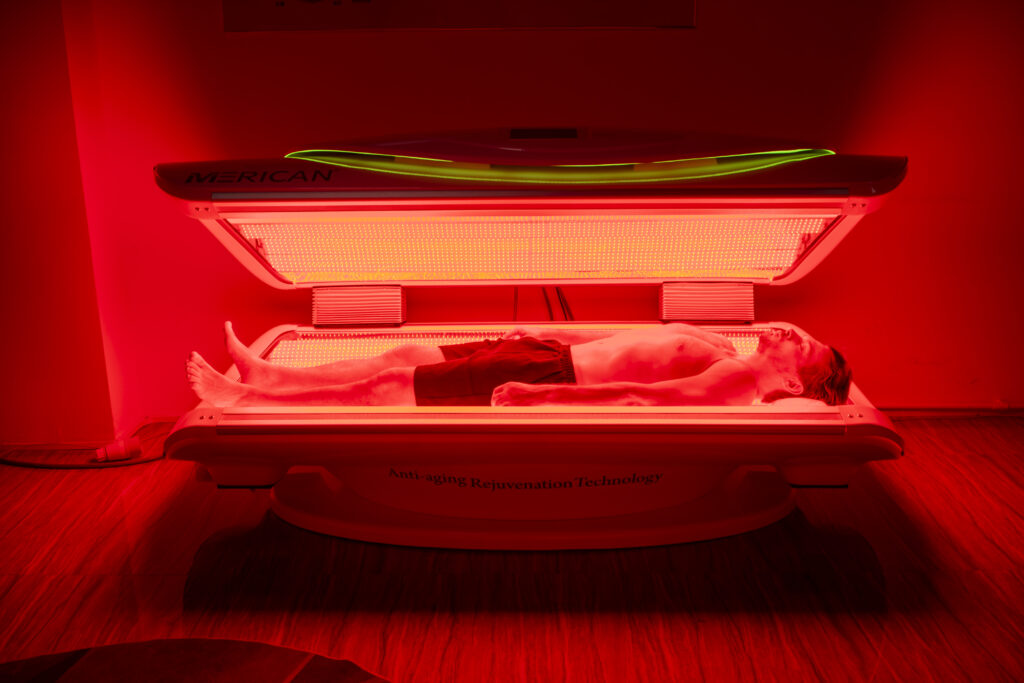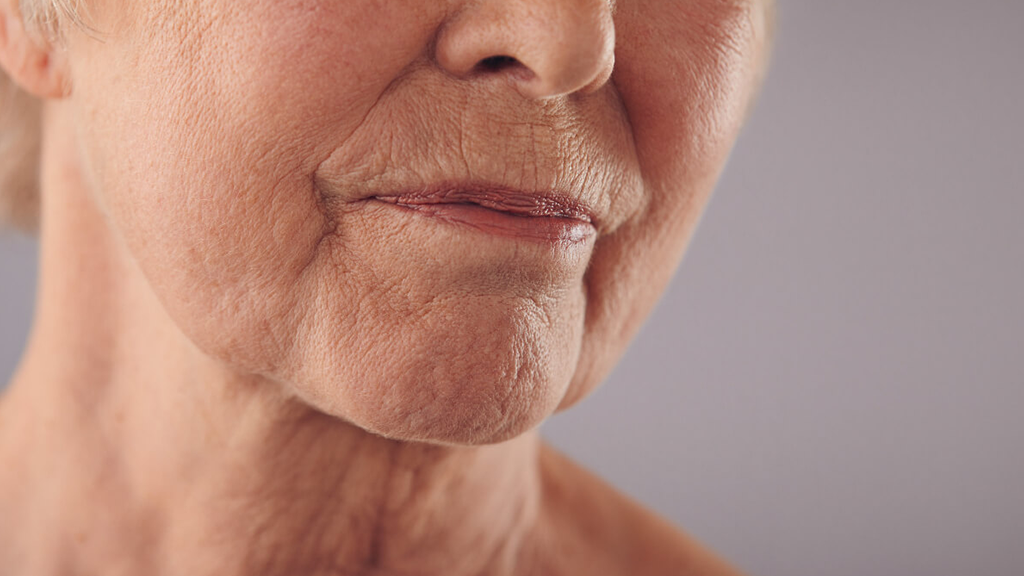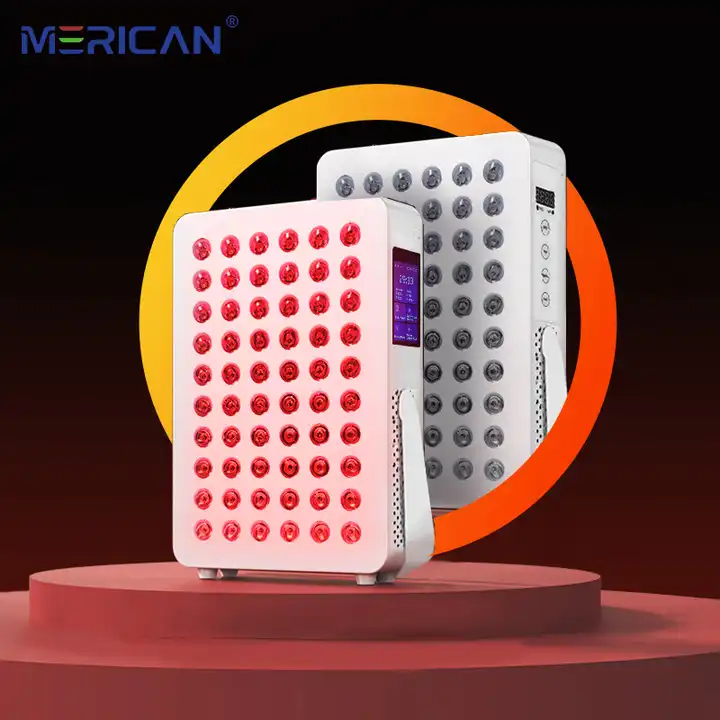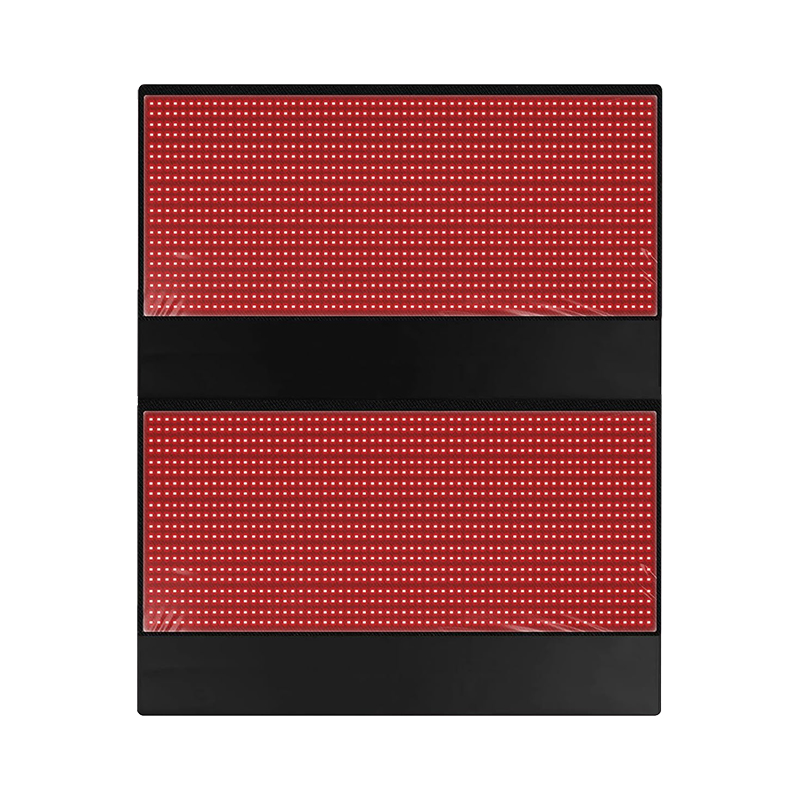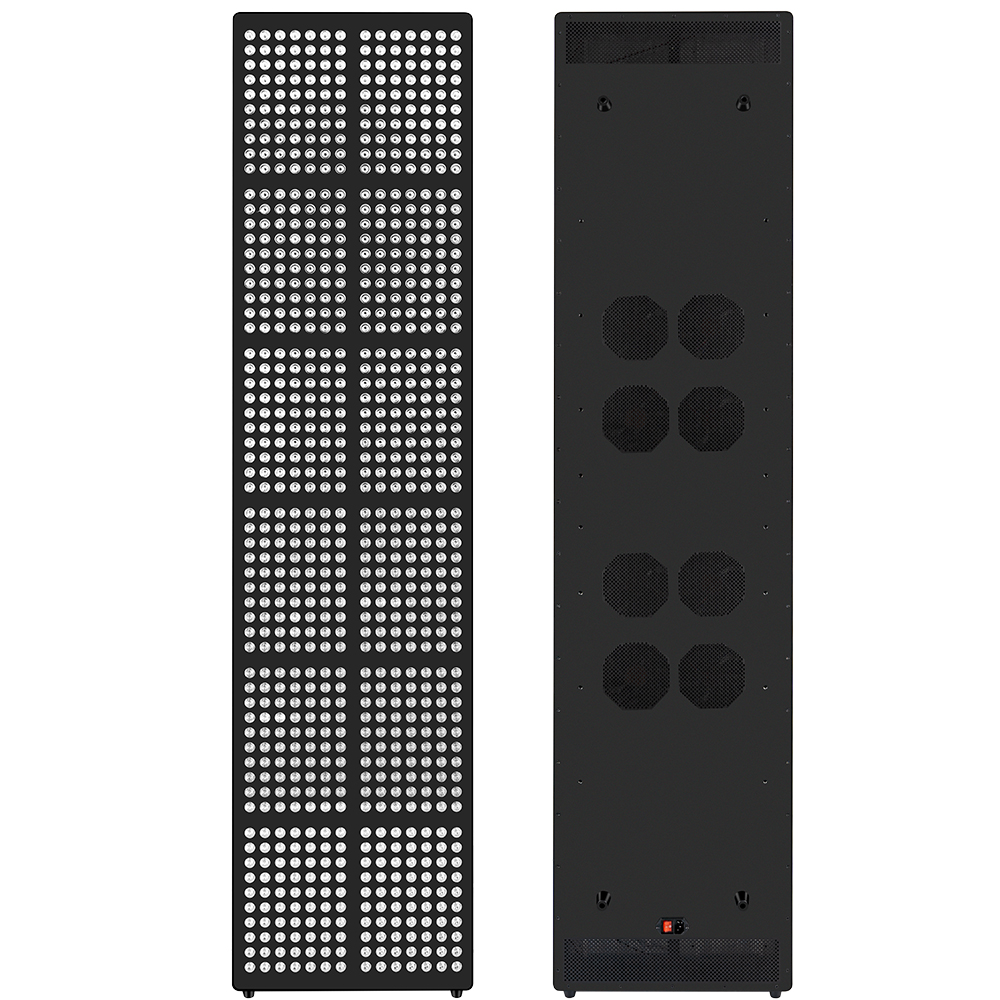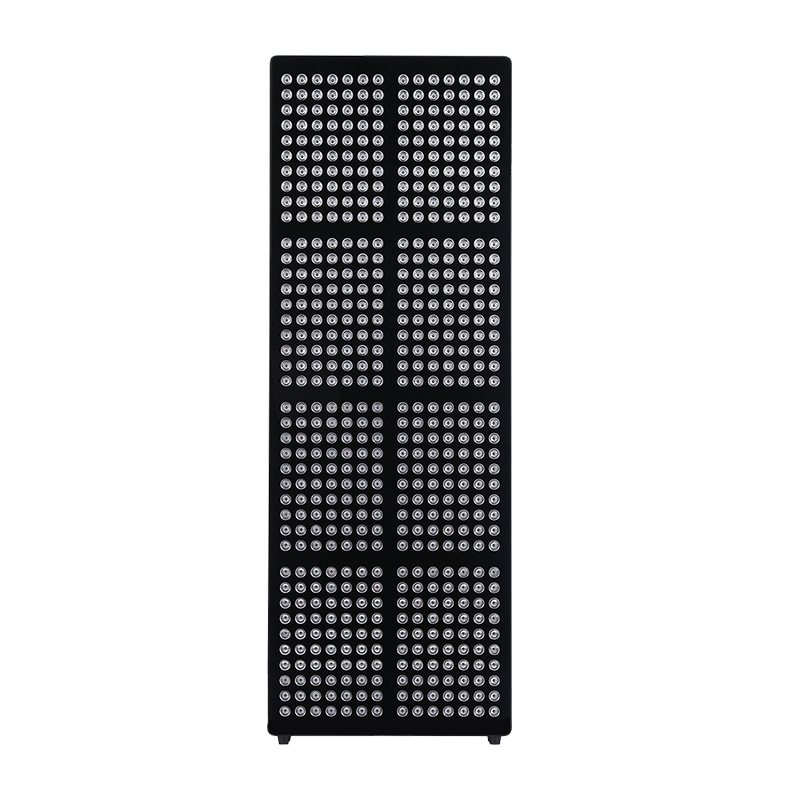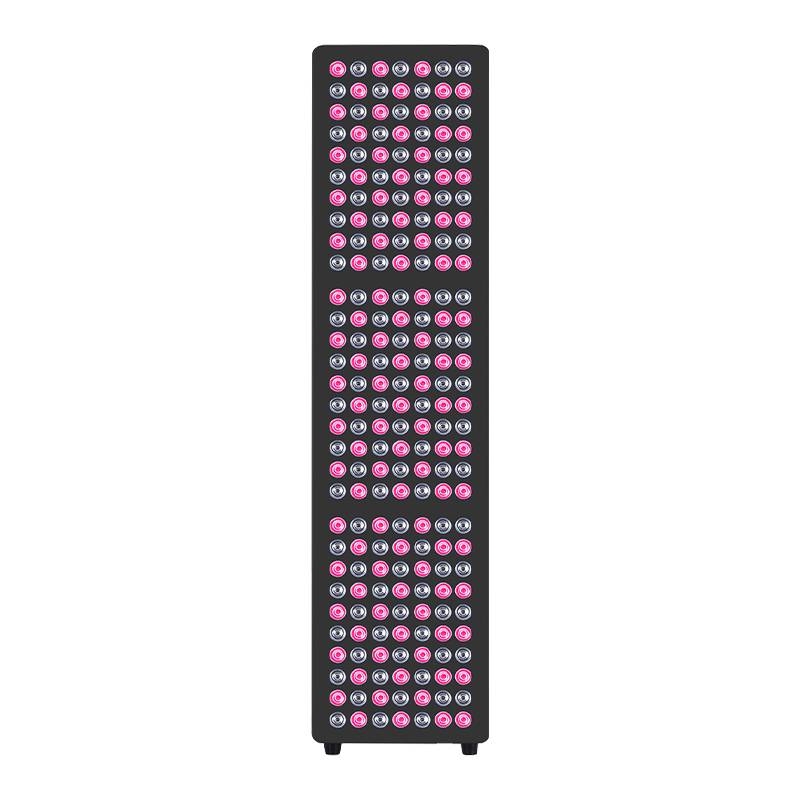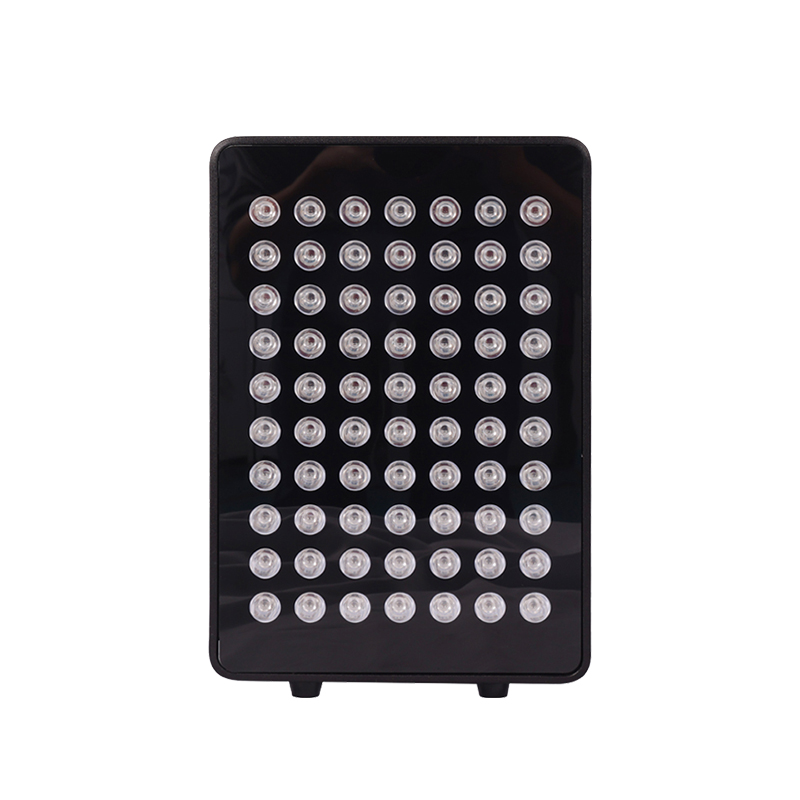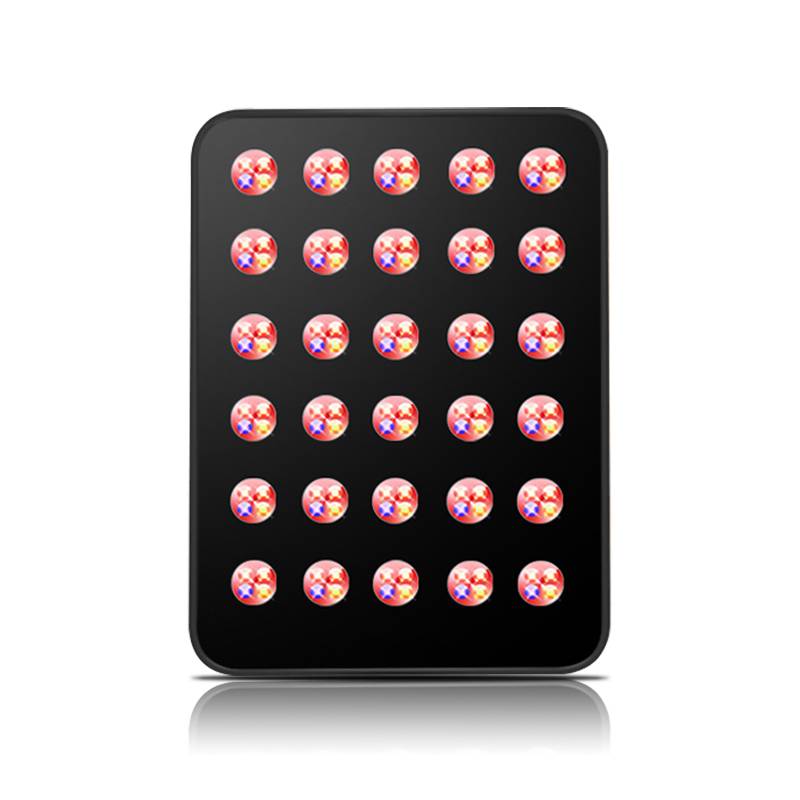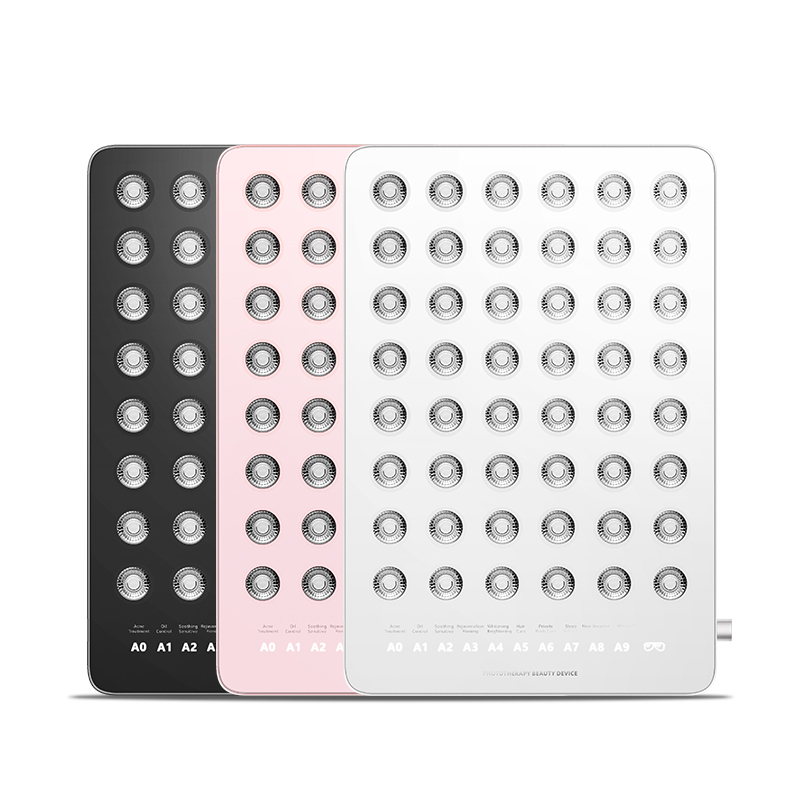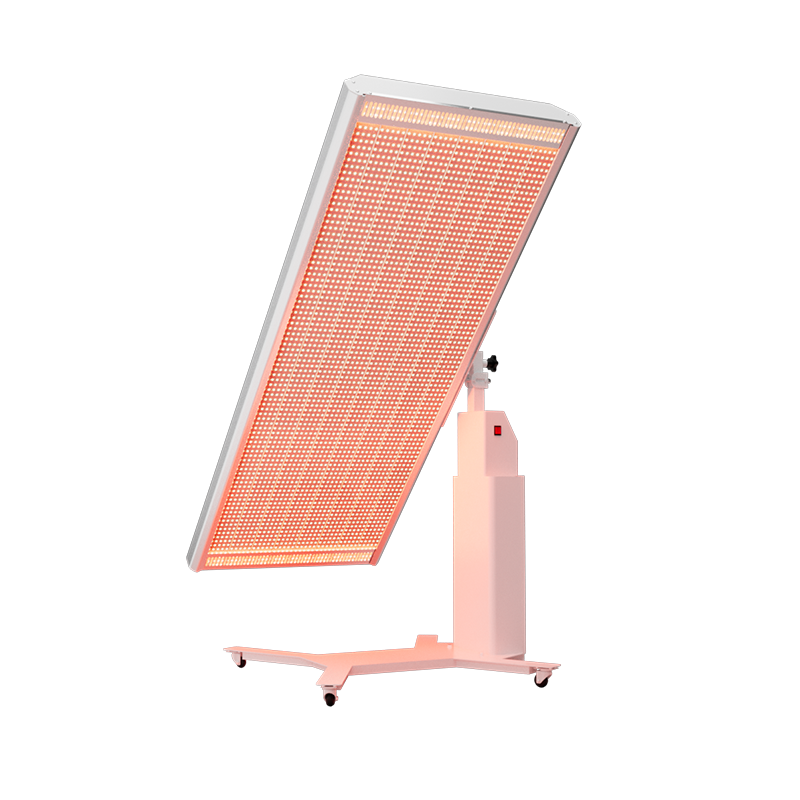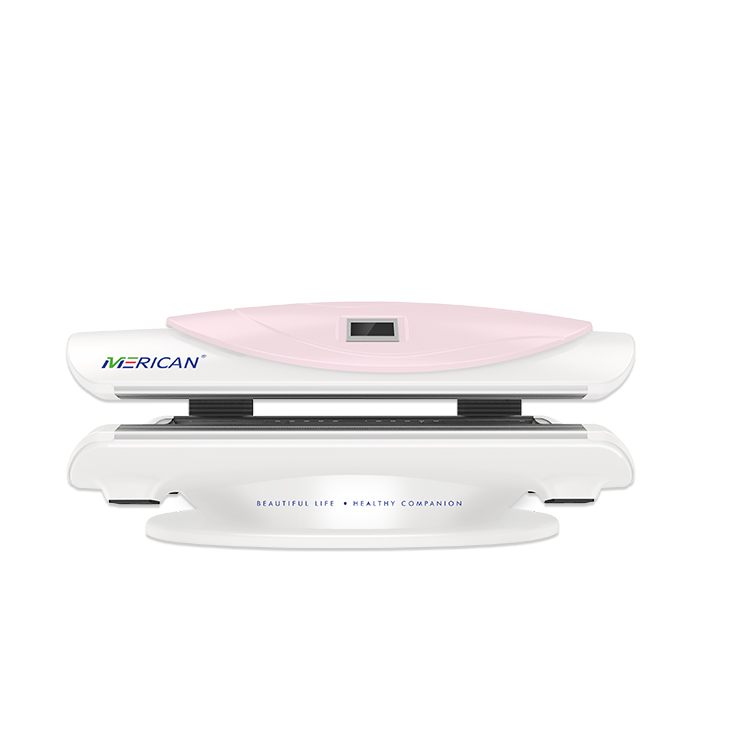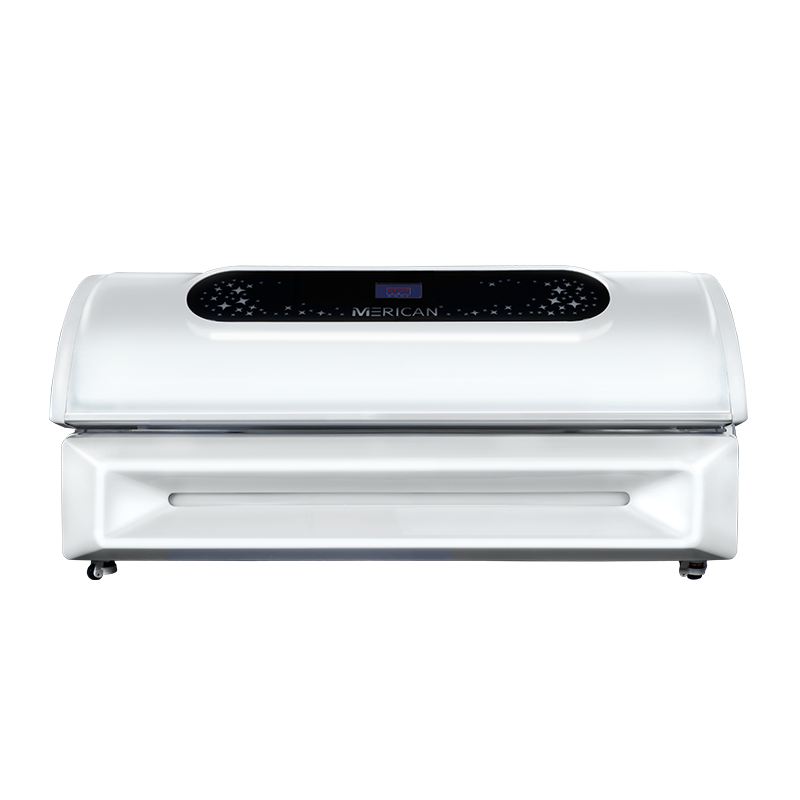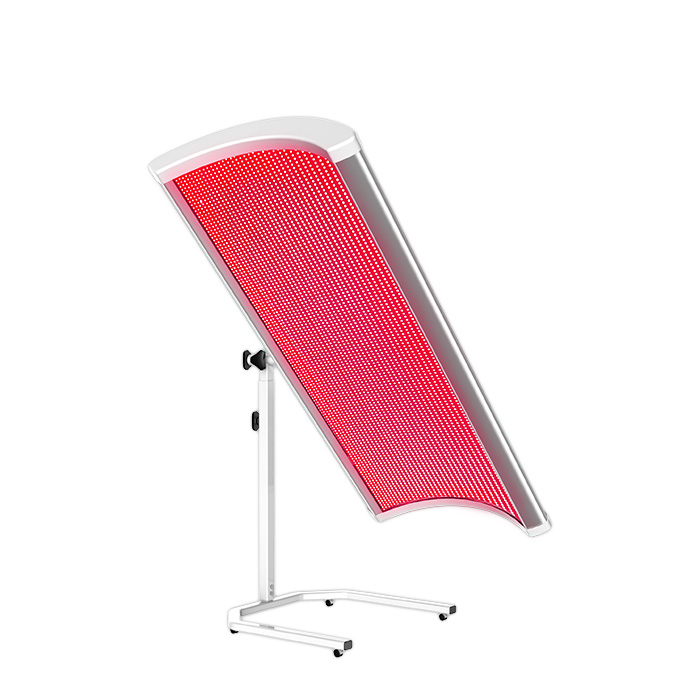While red light therapy beds are generally safe for most people, certain conditions and situations may pose risks. Below is a detailed list of contraindications (when to avoid RLT) and precautions to consider.
Absolute Contraindications (Avoid Completely)
- Active Cancer or Tumor Risk
Why? Red/NIR light may stimulate cellular activity, theoretically promoting cancer cell growth.
Exception: Some clinics use RLT under medical supervision for cancer-related side effects (e.g., oral mucositis).
- Pregnancy
Why? Limited research on fetal safety; potential risk of overheating (if combined with heat-based therapies).
Alternative: Use only on small areas (e.g., face, hands) after consulting a doctor.
- Photosensitivity Disorders
Conditions: Lupus, porphyria, xeroderma pigmentosum.
Why? Abnormal skin reactions to light, leading to rashes or burns.
- Use of Photosensitizing Medications
Drugs to Watch For:
Antibiotics (tetracyclines, ciprofloxacin).
Retinoids (Accutane, tretinoin).
Chemotherapy drugs (5-FU, methotrexate).
Why? Increased risk of burns or hyperpigmentation.
Relative Contraindications (Use with Caution or Medical Approval)
- Thyroid Disorders
Concern: Near-infrared (NIR) light may temporarily affect thyroid function (especially hyperthyroidism).
Precaution: Limit neck exposure; monitor symptoms.
- Epilepsy or Seizure Disorders
Why? Bright, flashing lights (in some devices) could trigger seizures.
Solution: Use steady, non-pulsing light settings.
- Eye Conditions
Risk: Retinal damage from prolonged direct exposure (though RLT lacks UV).
Precaution: Always wear protective goggles.
- Recent Skin Procedures (Peels, Lasers, etc.)
Wait Time: 1–2 weeks post-procedure (risk of irritation). - Implanted Medical Devices
Pacemakers, insulin pumps, etc. – Theoretical risk of interference (though rare).
Precaution: Avoid direct light over the device area.
√Safe for Most People, But Monitor Reactions
Autoimmune diseases (e.g., Hashimoto’s, rheumatoid arthritis) – No major risks reported, but start with short sessions.
Diabetes – May aid wound healing, but monitor blood sugar if using large areas.
Children – Safe under supervision, but limit session duration.
Red Flags to Stop RLT Immediately
-Skin burns, blistering, or severe redness.
-Dizziness, nausea, or headaches (could indicate overuse).
-Worsening of a pre-existing condition.
How to Use RLT Safely
Patch Test – Try a small area first.
Start Slow – 5–10 mins/session, gradually increasing.
Protect Eyes – Wear amber/opaque goggles.
Check Medications – Verify if photosensitizing.
Final Advice
When in doubt, consult a doctor (especially if you have cancer, thyroid issues, or take high-risk meds).
Choose FDA-cleared devices (e.g., Merican ) for safety assurance.

